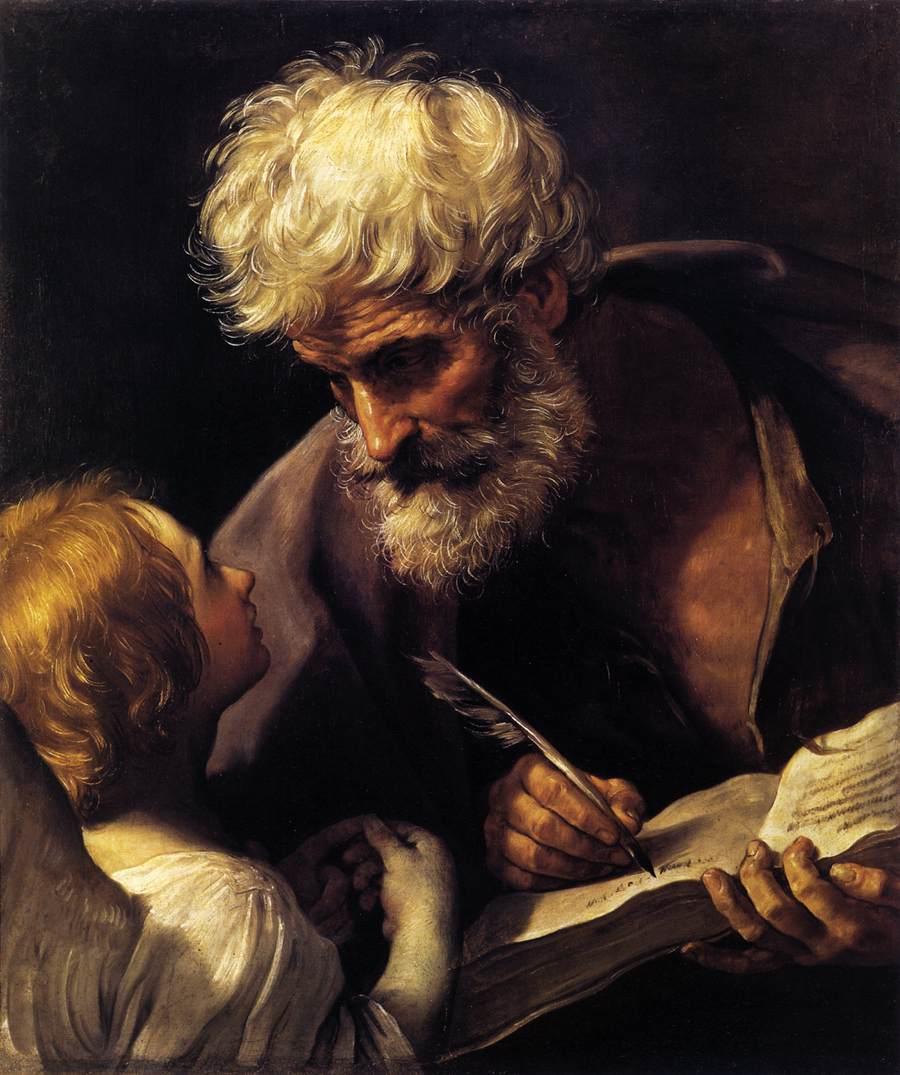Reading the Old Testament in the New: The Gospel of Matthew
Lesson Three: ‘Not to Abolish, But to Fulfill’

Lesson Objectives
- To read Matthew 3-7 with understanding.
- To understand the Old Testament background and allusions in Matthew’s depictions of John the Baptist, the Baptism of Jesus and His temptation in the wilderness.
- To understand the crucial importance of Jesus’ summary in the Sermon on the Mount: “Do not think that I have come to abolish the law or the prophets. I have come not to abolish but to fulfill.”
IV. Study Questions
1. In what ways does Matthew evoke John the Baptist as a figure of Elijah the prophet? What is the Old Testament background to this portrayal?
2. How is Jesus depicted as a "new Israel" and a "new Moses" in Matthew’s story of His baptism and temptation?
3. Explain the statement: "I have come not to abolish but to fulfill. These words could stand as a summary of the message that Matthew wants to get across through His careful deployment of Old Testament materials."
For prayer and reflection:
Read and pray over the Liturgy of the Word for the Feast of the Baptism of the Lord (Cycle A). Pray and reflect on the way the images and promises of the Old Testament materials are fulfilled in the readings from the New Testament, especially the Gospel passage from Matthew. Use the Opening Prayer for the feast as your prayer:
"Almighty, eternal God,
when the Spirit descended upon Jesus
at His Baptism in the Jordan,
You revealed Him as Your own beloved Son.
Keep us, Your children born of water and the Spirit,
faithful to our calling.
We ask this through our Lord Jesus Christ, your Son,
who lives and reigns with you and the Holy Spirit,
one God, for ever and ever."
The readings are:
Isaiah 42:1-4, 6-7
Psalm 29:1-4, 9-10
Acts 10:34-48
Matthew 3:13-17
Other Lessons
- Lesson One: Learning to Listen for Echoes: A New Approach to the New Testament
- To understand how important the Old Testament is to reading and interpreting the New Testament.
- To learn what “typology” is and to appreciate its significance for reading the New Testament.
- To understand the relationship between the writers of the New Testament and other first-century Jewish interpreters of Scripture.
- Lesson Two: Son of David, Son of Abraham
- To read Matthew 1-2 with understanding.
- To learn the Old Testament history and background behind the quotations and allusions used in the prologue to Matthew’s gospel.
- To gain a fuller appreciation of Matthew’s depiction of Jesus as a “new Moses.”
- Lesson Four: Healing and Restoration
- To read Matthew 8-10 with understanding.
- To understand the Old Testament background and allusions in Matthew’s depiction of Jesus’ healings and other miracles and the growing tensions with the scribes and Pharisees.
- To understand how Matthew uses evocations of select Old Testament prophets to convey that in Jesus, the long-anticipated “restoration” of Israel has begun.
- Lesson Five: Riddles of Rejection, Rock of Foundation
- To read Matthew 11-18 with understanding.
- To understand the Old Testament background to Jesus’ teaching in parables.
- To understand the deep Old Testament context by which Matthew conveys that Jesus is the long-awaited Messiah and the Church is the restoration of the Davidic Kingdom.
- Lesson Six: David’s Son, David’s Lord
- To read Matthew 19-28 with understanding.
- To understand the Old Testament background to Matthew’s depiction of Jesus’ entry into Jerusalem, His Passion and death.
- To understand the deep Old Testament context by which Matthew conveys that Jesus is the long-awaited “Son of David” and the “Son of God.”


